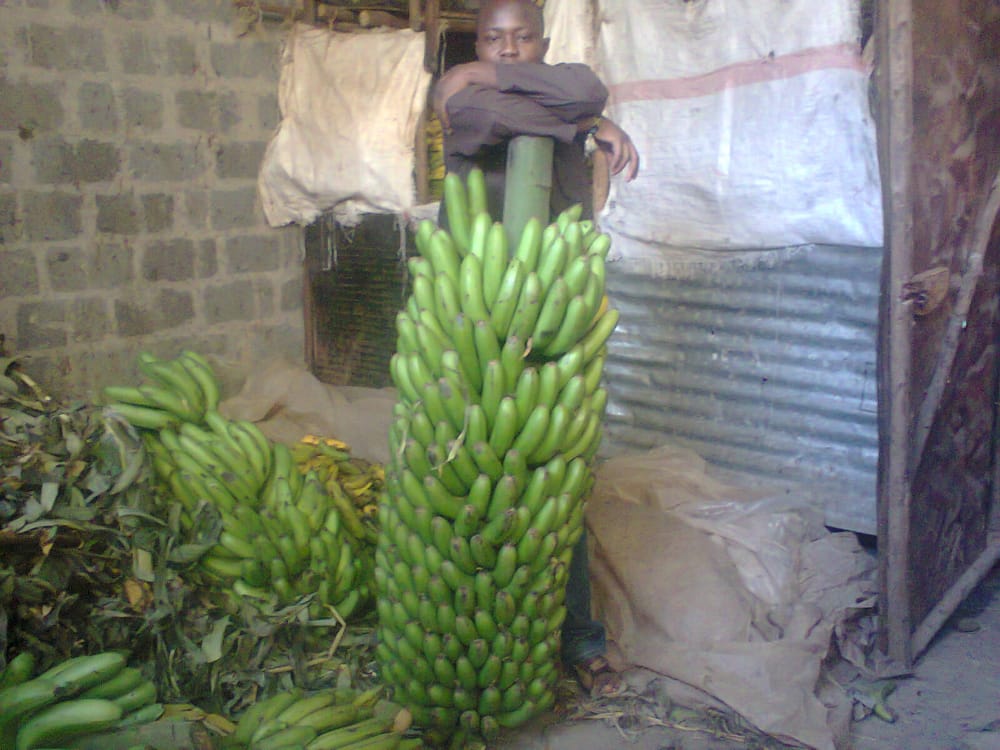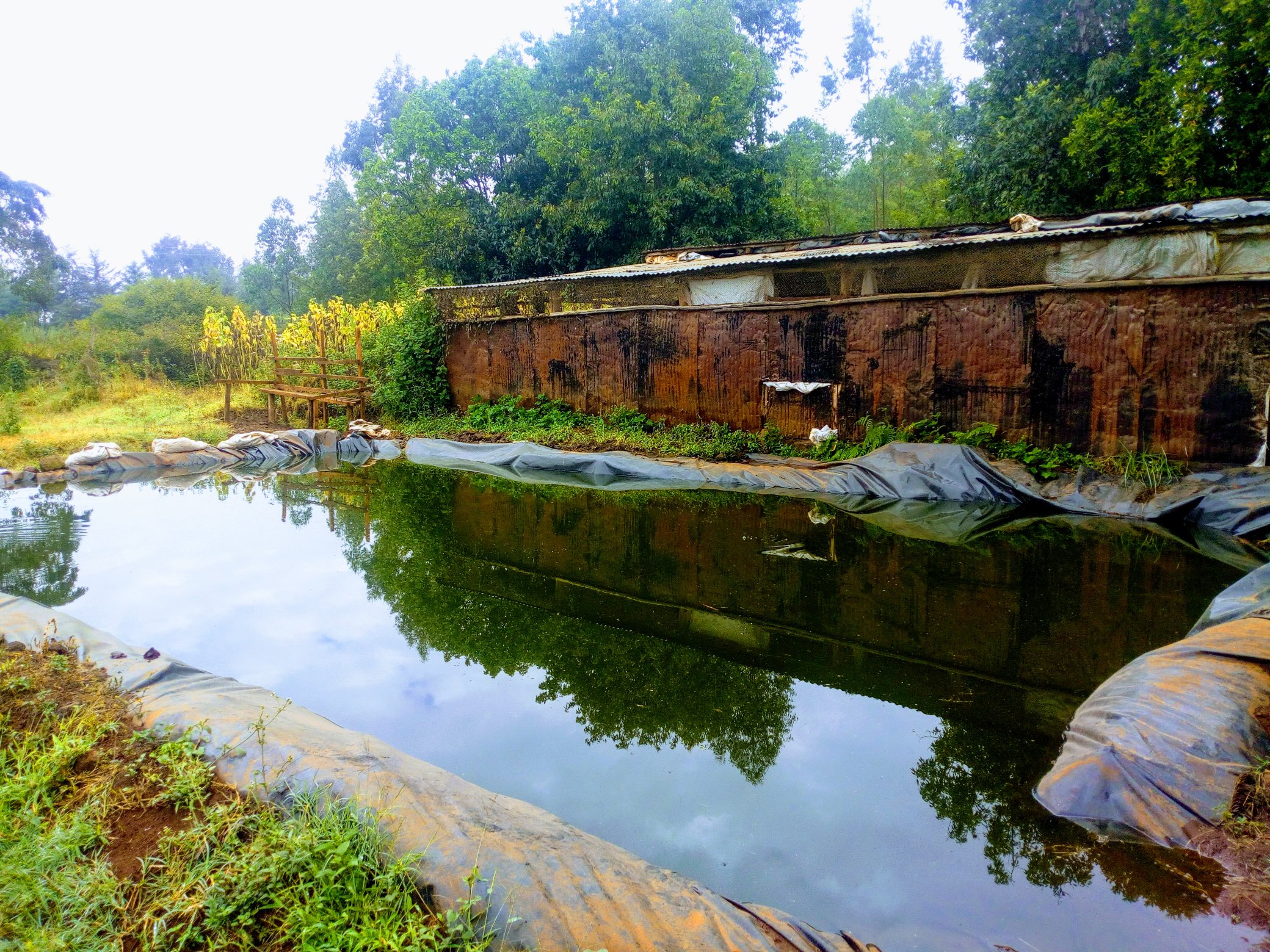
By George Munene
Voted the super fruit of 2013, the pitaya— otherwise known as dragon fruit— has only in the last five years begun to gain traction with Kenyan farmers. Given that a kilogram of the fruit currently sells locally for Sh890, and was at Sh2000 pre-Covid-19, the scaly, bright red, purple or yellow-skinned tropical fruit has been abuzz about farming circles, minting its early adopters some ripe returns.
Back in 2015 when Dr. Freddie Acosta, a lecturer at Strathmore University first imported in dragon fruit seeds into the country he found few takers. Now he’s just finalised an order of 1200 cuttings for a farmer setting up a 25-acre pitaya farm at Makuyu.
“The fruit is in high demand especially among Asian nationals in the country; I have orders for a weekly supply of two tons from a Chinese restaurant in Nairobi,” he says.
Pitayas usually begin to flower in November and fruit in 45 days. This usually sets up for improved market supply and reduced prices over January/February when most supermarkets and grocery outlets import the fruits from South Africa. Prices hit their peak over the July to November months right before the next harvesting cycle begins.
For Waweru Murimi, a farmer at Malaa along Kangundo road, his sojourn into dragon fruit farming started out on an inauspicious note after he lost Sh8,000 in 2015 on a would-be purchase of the fruit’s seedlings. Having read up on its status as a superfruit and myriad health benefits (it is rich in fibre, calcium and 100 grams of dragon fruit has approximately 50 percent of required daily vitamin C intake, it helps lower cholesterol, the fruit's vitamin B-3 content is thought to enhance the skin’s smoothness and appearance while also being eaten by diabetes patients to help regulate blood sugar levels) he resolved to import its cuttings from Dragon Fruit South-Africa Community Program head Max van Heerden.
Related News: Kwale farmer looking to make Sh8 million a year from vanilla farming
Related News: Farmers’ Friend: the inside-track on growing vanilla in Kenya
In December 2016 he got his first 80 cuttings which he has used to propagate to his current 2000 vines which fit into one-quarter of an acre. A mixed farmer growing a variety of fruit trees; apples, papayas and mangoes he attests that pitayas are the easiest to tend to plants he has ever grown—they need no spraying and being an exotic cactus species, consume very little water. “Once you have bought the cuttings and made a stand, there is little spend in terms of production costs other than occasional manuring and pruning,” he explains.
He is now on his second fruiting season which begins in November/ December when the flowering begins and lasts five months. Having harvested 200 fruits on his first go, he expects 500-1000 fruits this season.
The plants peak production is at the third year of harvest reaching 32 to 100 fruits per plant. Most of Muremi’s fruits weigh between 600 grams and 1.2 kilograms. The fruits are mainly distinguished by their colour and taste with the red and purple-fleshed varieties being sweeter than the sour-sweet white-fleshed type.
“The returns from dragon fruit have been good; my currently just flowering fruits have bookings as far out as Uganda but my impetus to start growing pitayas was not so much what I could earn but my own domestic consumption: If someone is willing to part with Ksh1000 for two of my fruits, I too should get to enjoy the tremendous benefits to be found in its consumption,” he opines.
Murimi has his sights set on expanding his dragon fruit farm to five acres; to this end, he is importing 12 cuttings at a cost of up to Sh20,000 per piece for a hybrid yellow variety that is sweeter and higher-yielding than the locally available cultivars.
Dragon fruits are hardy and have negligible cases of pest and disease attacks. “They are only vulnerable when they are in the nursery; snails have damaged a couple of my seedlings but can be easily controlled by the use of magnesium sulfate. There are also rare fruit fly and rust attacks that can be handled by copper-based fungicides, but as I have opted to grow my fruits organically, I use neem oil or cut and dispose of infected branches,” says Murimi.
From their research and firsthand experience, Kenyan farmers who have had success growing the dragon fruit say it all begins with the selection of mature cuttings that are at least two years old and over 30cm in length—these take 9 to 18 months before they mature. A cutting is sold locally for Sh500 to Sh300. Growing from seeds takes four to six years while using cuttings that are undeveloped (less than two years old) take at least two years.
Whilst the plant is drought resistant it needs regular watering to grow and yield at its peak potential. For Mburu, he waters his fruits once or twice a week, though watering frequency is dictated by weather. He also sprays his plants with organic foliars rich in nitrogen to help enhance growth. They also contain phosphorus and potassium which encourage flowering and fruiting.
The dragon fruit needs some 8 hours of sunshine daily, ideally with an average temperature range of 15-25°C, making it suited to arid and semi regions. It is best grown on sandy soils though it can thrive in all soil types given they are well-drained and not waterlogged. They are also ideal for urban farmers as they can be sown in containers. In the backyard of his Mbagathi home, Freddie grows a couple of dragon fruits in crates.
Dragon fruits are climbers that can grow up to 30 feet tall, thus need their vertical growth curbed and should be supported through stake and trellis. Waweru uses a tire held up by two closing bars to train the vines ensuring they maintain a manageable length.
Related News: Dubai fresh produce importer looking for avocado, orange and dragon fruits suppliers
Related News: Carrefour opens door to farmers groups to be supermarket suppliers
Four cuttings can be planted per one concrete post, one or two for wooden poles four inches wide and six feet high. “Pitayas fruit annually for 20 to 30 years before there is a decline in production meaning it is important to use quality staking posts that will last a long time,” Murimi explains.
Almost every bit of a pitaya can be consumed; its roots, flowers and peels can be used to make herbal tea, its stems soap while its fruits can be made value-added to make wine, juices, yogurt and smoothies.
Freddy expects the fruit's novelty to wears off and as more farmers begin growing it, its price is bound to fall—“I foresee in time the fruit retailing at a more reasonable Sh400 per kilogram with normalised supply and demand forces,” he says.
As dragon fruit farming in Kenya is new, the few farmers that they are have formed a Whatsapp group that helps them connect and learn the best agronomic practices from each other, they also get to visit each other’s farms and exchange different varieties of the fruit.


















